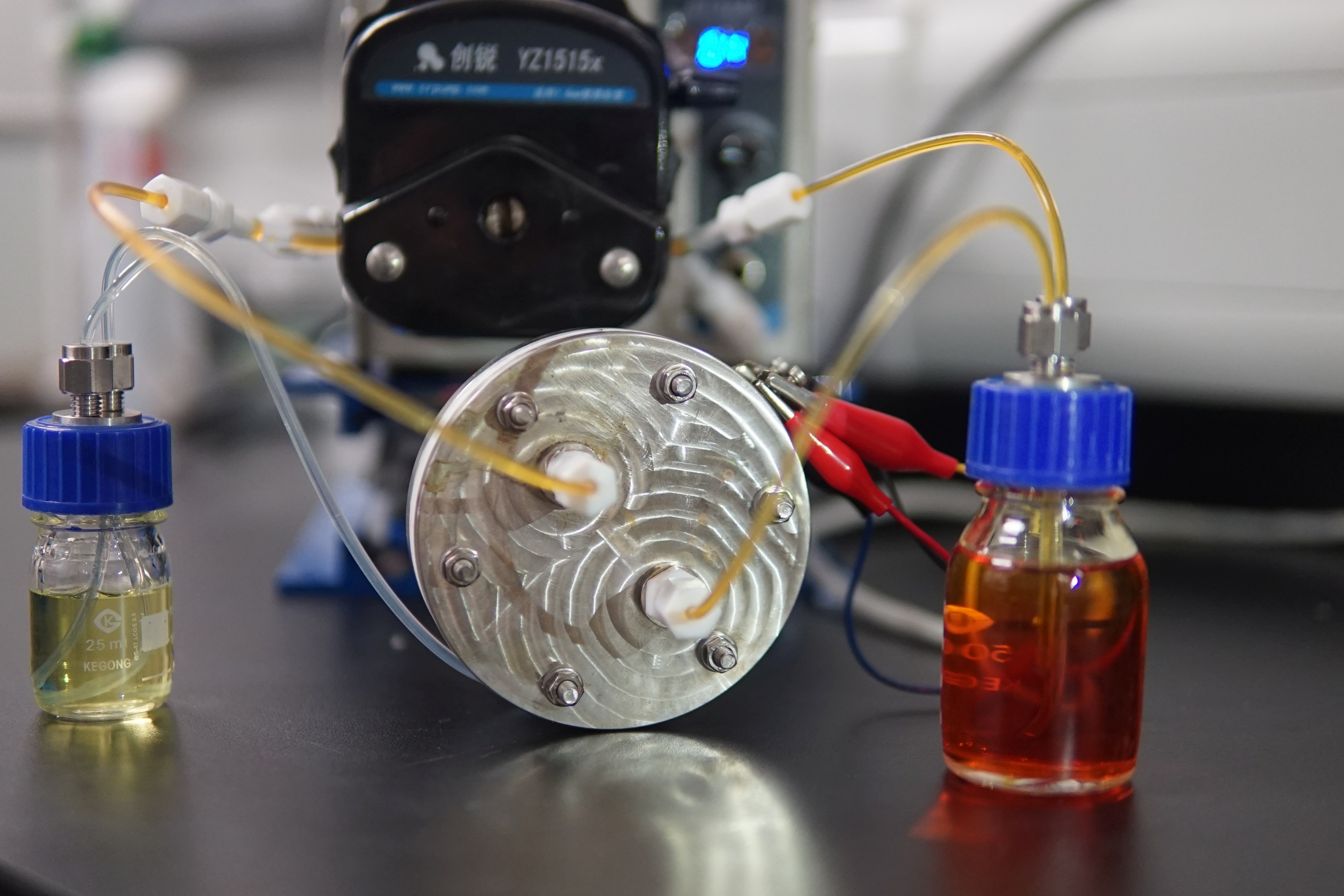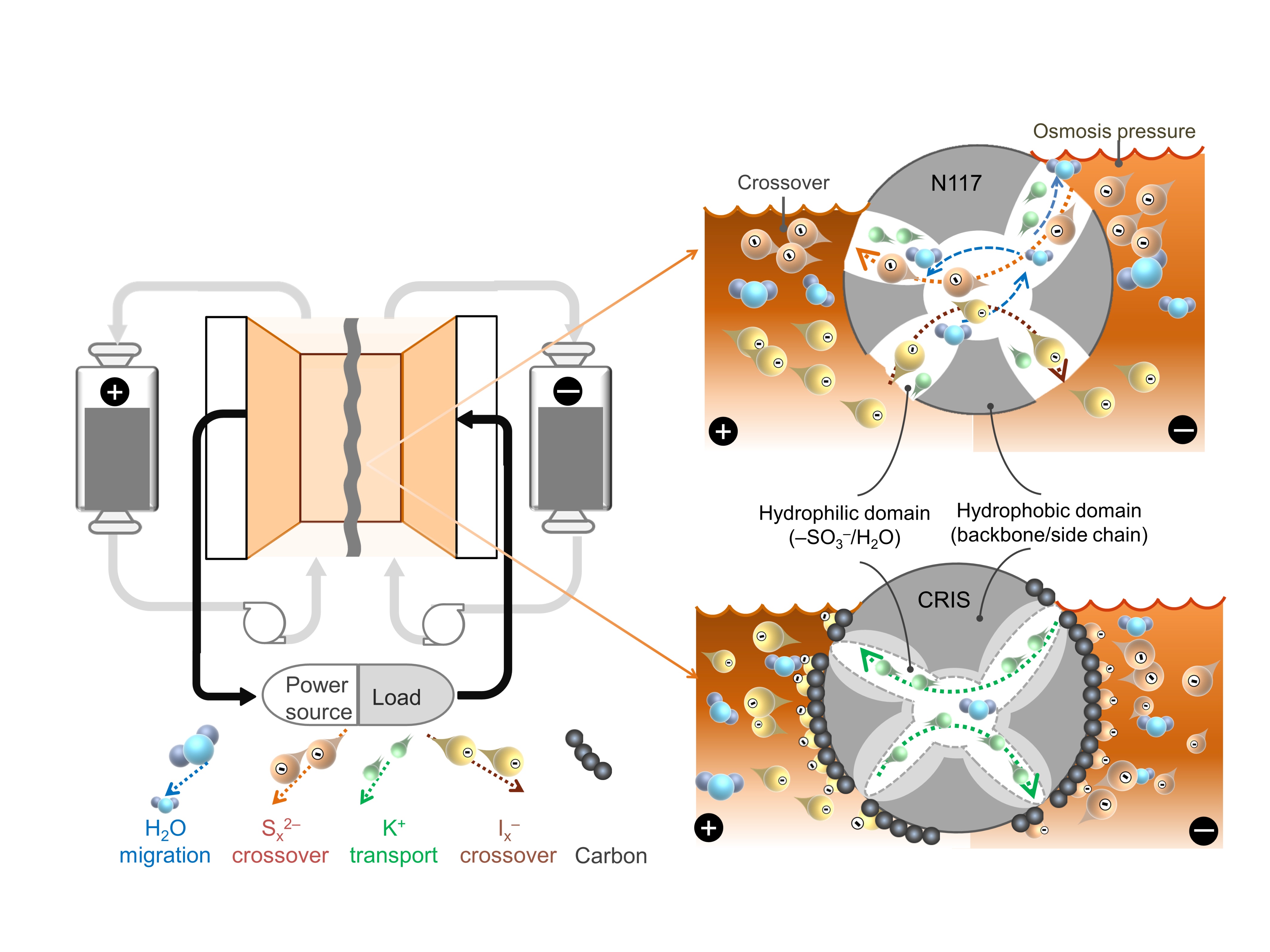A research team from the Faculty of Engineering, The Chinese University of Hong Kong (CUHK) and CU Coding Ltd. (CUC) announced the launch in the market of its patented technology nEdge and nCloud solutions with the provision of one-stop managed telecom and ICT services by HGC Global Communications Limited (HGC). The partnership helps CUC to advance its platform, uplift the data security across multi-cloud for enterprises, and boost the Smart City Development in Hong Kong.
The nCloud and nEdge solutions are based on network coding technology, and were founded by Professor Patrick Pak Ching Lee, Associate Professor, Department of Computer Science and Engineering, CUHK in 2018, and operated by CUC, an Independent Software Vendor (ISV) for network coding technology applications. nCloud is a network coding-based multi-cloud storage system which can significantly enhance data storage security by distributing data among cloud storage providers, thereby lowering operating costs and streamlining access. By connecting Internet of Things (IoT) end-points, nEdge becomes a key technology to boost 5G communications and Smart City development in Hong Kong.
nCloud and nEdge offer enterprises and organisations in the local ISV ecosystem network a full range of intelligent services, innovative and practical applications, and large-capacity information channels. To launch the technologies in the market, CUC has received an integrated solution from HGC to advance its platform, including multi-layer security, Smart IoT service, network connectivity and infrastructure hosting.
With the support of HGC’s smart server rack and Smart AI Portal (SAIP), CUC can also effectively monitor its facilities with the AI alert to enhance overall security, which has become the first advance towards a “Zero Trust” framework. To further advance the facility management policy, an innovative record-and-alert approach is adopted to record and monitor the actual operation temperature, and authorised persons will be arranged to conduct an inspection at CUC’s infrastructure when an alarm is received. The partnership has tightened the cooperation of both companies and will help CUC to expand its market presence.
Professor Patrick Lee said, “nEdge and nCloud are deep technology (deeptech) in nature. Deeptech is defined as a scientific breakthrough or significant advancement which has far-reaching implications across sectors and can potentially change human life for the better. We have conducted applied research on large-scale storage and networked systems, including distributed systems across edge and cloud computing. Our effort ensures that nEdge and nCloud can achieve their guarantees of performance, scalability, dependability, and generality. We are very excited at this successful commercialisation of new technologies, leveraging the capabilities of HGC and CUC.”
Mr. Aldous Ng, Co-founder and CEO of CUC, said, “The successful landing of nEdge and nCloud in the market is from the teamwork of CUC and HGC. nEdge and nCloud are the best examples of deeptech commercialisation by collaboration between industry and universities in Hong Kong. The process of commercialisation entails understanding of the markets in general, identifying potential users and targeting as many people as possible who will benefit from these breakthrough technologies.”
Ms. Cecilia Wong, Executive Vice President, Product & Innovation of HGC, said, “HGC has extensive experience in serving businesses of different scales and being an enabler of other service providers. Apart from HGC’s top-notch network infrastructure, a variety of other core services such as cloud, unified communications and A2P-SMS API gateway enables customers to address their primary and on-going business needs. HGC is delighted to support start-up companies such as CUC and provide a cutting-edge service platform that enables them to focus on core business and business development in local and overseas market with the support of our regional professional team.”
Mr. Chris Chow, Head of Product and Project Solution of HGC, said, “Start-up companies usually struggle to select the right service and best practice to maintain their operation. HGC’s Smart+ portfolio facilitates system monitoring with IoT. Our self-developed SAIP is a consolidated platform to link across HGC services with AI and IA (Intelligent Automation) capability. We aim at transforming IoT from the traditional Internet of Things for monitoring into Intelligence of Things, emphasising operational efficiency. The unique AI Alert function enables different user groups to communicate based on the severity level to drastically reduce users’ decision cycle.”
Mr. Alex Chan, General Manager of Enterprise Market, HGC, said, “HGC always supports SMEs and we are energizing different business partners, in particular start-up partners to capture growth opportunities in a dynamic business environment and maximize business efficiency and ROI by fully utilizing their product’s competitive edges, so that they are able to get to market in a faster and smarter way.”
About the Faculty of Engineering, CUHK
Founded in 1963, CUHK is a forward-looking comprehensive research university. The Faculty of Engineering was founded in 1991, offering undergraduate and postgraduate programmes through its six departments: Biomedical Engineering, Computer Science and Engineering, Electronic Engineering, Information Engineering, Mechanical and Automation Engineering, and Systems Engineering and Engineering Management. The Faculty has world-class teaching staff coming from prestigious universities possessing extensive teaching experience and is equipped with state-of-the-art facilities to support teaching and research activities. The Faculty launches a wide range of innovative projects that make use of AI to improve the quality of human life, and explores the application of AI and deep learning in various areas, such as smart living, smart mobility and smart environment, in order to build Hong Kong into a world-class smart city.
The Faculty’s mission is to train future leaders in engineering, to pursue knowledge at the frontier of modern technology, and to apply advanced technology to meet societal and human needs.
About CU Coding Ltd.
CU Coding Limited is a DaaS (Data-as-a-Service) solution provider for enterprises to enhance security and network reliability through multi-cloud service providers. The Company was founded in 2018 by a team of distinguished scholars and serial entrepreneurs, and was named by the world’s top information technology research and consulting company Gartner as “the notable player in the emerging Intelligent Infrastructure market”.
CUC is an active member of the Incu-Tech and Leading Enterprises Acceleration Programme (LEAP) of Hong Kong Science and Technology Parks Corporation. Its flagship products, nCloud and nEdge, enables interoperability of all public cloud vendors with the highest-grade security and geo-distribution. The Company has secured more than 300 institutional clients to-date with enriched experience in DaaS solution, and is currently expanding its business to the Greater Bay Area with a grant of RMB 20 million funded by the Chinese Academy of Sciences in 2020.
About HGC Global Communications Limited
HGC Global Communications Limited (HGC) is a leading Hong Kong and international telecom operator and ICT solution provider. The company owns an extensive network and infrastructure in Hong Kong and overseas and provides a broad range of advanced telecommunications and ICT services. Headquartered in Hong Kong and operating 23 overseas offices on five continents, it provides telecom infrastructure service to other operators and serves as a service provider to corporates and households. The company provides full-fledged telecom, data centre services, ICT solutions and broadband services for local, overseas, corporate and mass markets. HGC owns and operates an extensive fibre-optic network, five cross-border telecom routes integrated into tier-one telecom operators in mainland China and connects with hundreds of world-class international telecom operators. HGC is one of Hong Kong’s largest Wi-Fi service providers, running over 29,000 Wi-Fi hotspots in Hong Kong. The company is committed to further investing in and enriching its current infrastructure and adding the latest technologies and solutions. HGC is a portfolio company of I Squared Capital, an independent global infrastructure investment manager focusing on energy, utilities and transport in North America, Europe and selected fast-growing economies.







